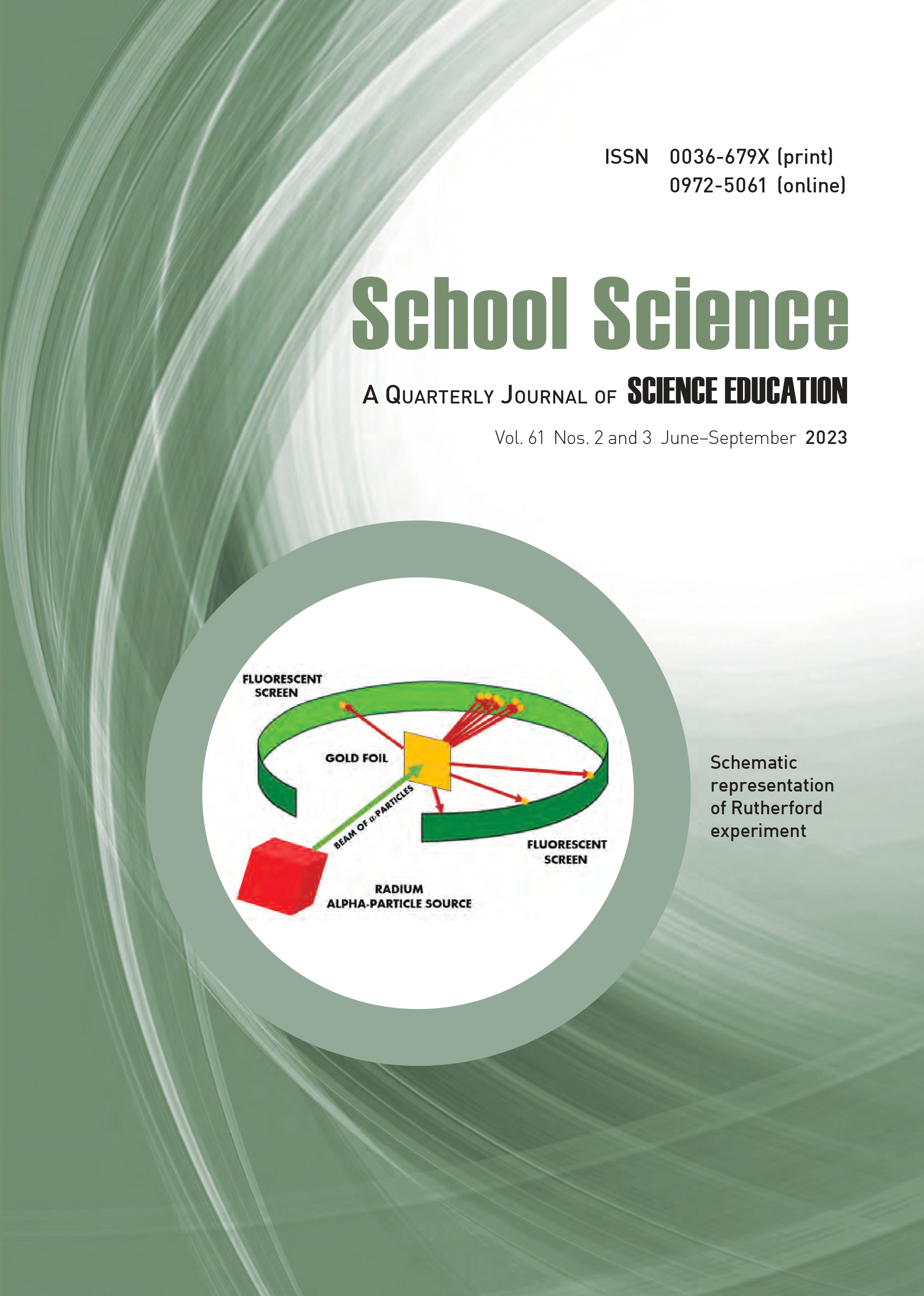
Published 2025-01-28
Keywords
- GAGAN,
- IRNSS,
- DAE,
- PSLV,
- GSLV
How to Cite
Abstract
India is now a leading player in the international space arena. However, the beginnings of the country’s space missions were modest. Early milestones included the first rocket launch of Rohini-75 from Thumba near Thiruvananthapuram in Kerala in 1969 and fabrication of the first Indian satellite Aryabhata in a work shed at Peenya Industrial Estate, Bengaluru in 1975. In 1967, the first ‘Experimental Satellite Communication Earth Station (ESCES)’ located in Ahmedabad was operationalised, which also doubled as a training centre for the Indian as well as international scientists and engineers. INCOSPAR subsequently grew and became ISRO on August 15, 1969, also under the Department of Atomic Energy (DAE). In 1972 Government of India set up a Space Commission and the Department of Space (DOS), bringing ISRO under the DOS. ISRO subsequently developed two other rockets: the Polar Satellite Launch Vehicle (PSLV) for launching satellites into polar orbits and the Geosynchronous Satellite Launch Vehicle (GSLV) for placing satellites into geostationary orbits. These rockets have launched numerous communications satellites and Earth observation satellites. Satellite navigation systems like GAGAN and IRNSS have been deployed. In January 2014, ISRO used an indigenous cryogenic engine in a GSLV-D5 launch of the GSAT-14. Another milestone in the history of ISRO is sending a lunar orbiter, Chandrayaan-1, on October 22, 2008 and a Mars orbiter, Mars Orbiter Mission, on November 5, 2013, which entered Mars orbit on September 24, 2014, making India the first nation to succeed on its first attempt to Mars, and ISRO the fourth space agency in the world as well as the first space agency in Asia to reach Mars orbit. On June 18, 2016, ISRO launched twenty satellites in a single vehicle, and on February 15, 2017, ISRO launched 104 satellites in a single rocket (PSLV-C37), a world record. ISRO launched its heaviest rocket, Geosynchronous Satellite Launch Vehicle-Mark III (GSLV-Mk III), on June 5, 2017 and placed a communications satellite GSAT-19 in orbit. With this launch, ISRO became capable of launching ton heavy satellites. Future plans of ISRO include development of the Unified Launch Vehicle, Small Satellite Launch Vehicle and development of a reusable launch vehicle, human spaceflight, a space station, controlled soft lunar landing, interplanetary probes and a solar spacecraft mission.
